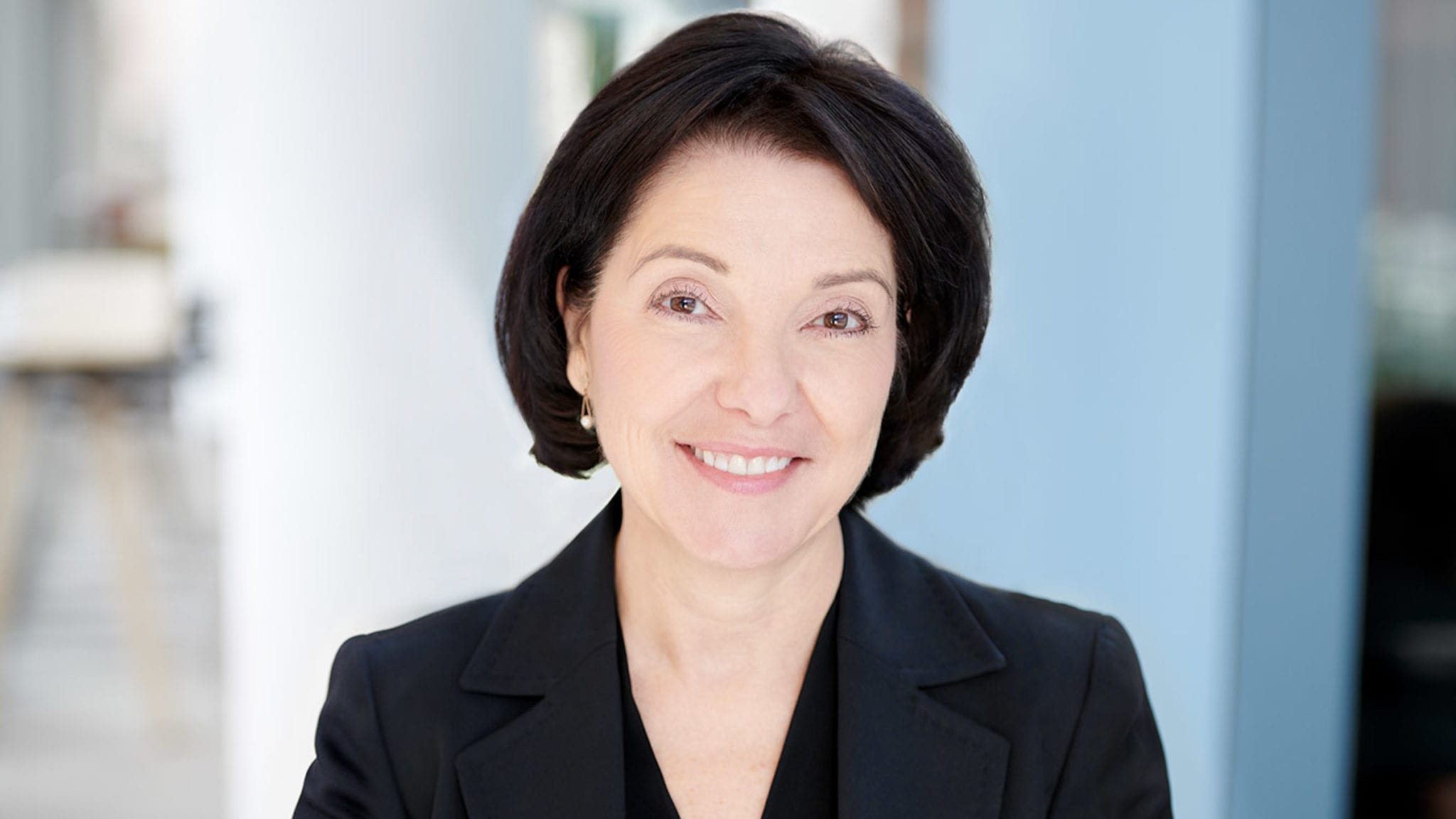
Shelia Violette (Q32)
For a post-Soliris world, Atlas-backed Q32 Bio outlines $46M next-gen complement play
Long before Alexion kindled a renaissance of complement therapeutics with the introduction of the first anti-C5 antibody, Mike Holers — a longtime professor at the University …
Sign up to read this article for free.
Get free access to a limited number of articles, plus choose newsletters to get straight to your inbox.